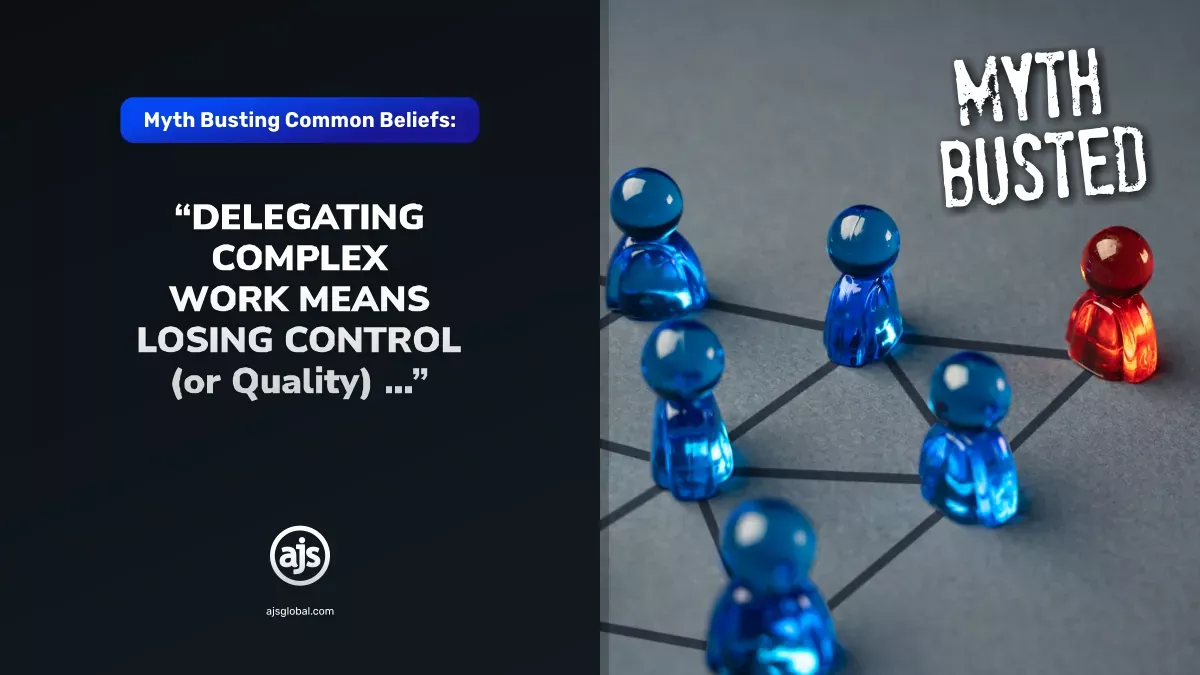
WHAT MAKES A GREAT CHANGE LEADER?
It’s all about taking the lead
Change is inevitable.
And for the most part – when it comes to changes within organisations – businesses have managed change rather than lead it. This has often resulted from organisations wanting to make substantial changes rather than iterative ones. Often out of desperation to change up everything. And coupled with the need to change, is the need to control the change.
This is often where businesses fail.
You see, successful change is one of the biggest problems that modern organisations face. In today’s world, the strategic imperative to change is often clear: without doing things differently, your organisation is unlikely to succeed, or last.
And to ensure that there is a successful rollout of change initiatives, effective leadership is required to help a team adjust to new circumstances.
What is change leadership?
According to Indeed, change leadership is –
the practice of approaching changes across an organisation with positivity, enthusiasm, and a growth mindset. By practicing change leadership, you can adapt your business practices to market changes, prepare for unexpected scenarios and learn about exciting new technologies.
At its core – or so it would seem – change leadership involves the whole team working together to create a shared understanding of the change that is required to execute a strategy (especially when it comes to large scale ambitions) and how to best make that happen.
Change leadership can also be thought of as a style of management that emphasises the importance of improvement and adaptability in an organisation. It’s the job of change leaders to excite interested parties about the benefits of changes in a business.
Change leaders also guide groups of people through changes in a productive manner, ensuring that a company can make strategic, smart, and successful adjustments to how it operates. This type of leadership helps companies keep up with an ever-changing world by building resources, using innovative technologies, and responding to crises.
The things successful change leaders do
Whether you’re at the helm of a Fortune 500 company, a mid-level manager or an emerging entrepreneur, your role as a driver of change is more important than ever. But what makes a great change leader? Here are some critical attributes and strategies that the most successful change leaders use to steer their organisations through turbulent times –
- Having vision – a great change leader has foresight. Has a vision. In fact, it’s said that they possess the uncanny ability to see what could be. Not only can they see it, but they know how to align their vision with the organisation’s present situation, like their assets and capabilities, in order to make the vision a reality. As a change leader they can show a clear path forward, rallying the troops to march towards the – now – common vision.
- EQ – successful leaders are emotionally intelligent. And when it comes to change leadership, this entails the ability to recognise, understand and manage one’s own emotions while effectively engaging with others in the midst of the uncertainty that change often brings. The most effective change leaders are adept at reading the room, anticipating emotional reactions, and providing the support required to make the change a positive and uplifting experience.
- Communication is key – the cornerstone of any successful change management initiative is strategic communication. Effective change leaders are expert communicators who know that the key is not a more-is-better approach but rather smart communication. They excel in delivering clear, consistent, and contextual messages, navigating effortlessly from boardrooms to shop floors and from town hall meetings to one-on-one conversations.
- Resilience and resourcefulness – change isn’t easy. More often than not it’s plagued by various obstacles and resistance from all sides. This is where the change leader’s resilience and resourcefulness shine. The most effective change leaders are the first to face the storm, finding alternative routes when the most obvious pathways are blocked. They also have a deep understanding of the reason for the change and what the outcome will be and can communicate this in a clear and concise manner when required. They also understand that change is a process and not an event, never losing sight of the end goal.
- Empowered to empower – power is a multiplier of influence. Change leaders know this. So instead of holding on to power, they empower their teams, giving each team member authority and responsibility. This creates leadership at every level, making each team member feel like a stakeholder in the organisation. This ensures that teams are not only ready for change but are actively participating in it.
- Collaboration – just like empowering team members does, collaborating across boundaries, encourages employees to break out of their silos, and deters unhealthy competition. By collaborating with team members early on and including team members in decision-making early on, change leaders strengthen commitment to change.
- Commitment – successful change leaders made sure their own beliefs and behaviours support the change, too. They devoted more of their own time to the change effort and focused on the big picture. They set the example.
- Actionable strategy – the best change leaders are not just strategic but also tactical thinkers who break down the vision into achievable milestones, harnessing the collective power of their teams to meet or exceed these targets. Theirs is a world of SMART goals, followed by action plans with clear accountability, monitoring and reward mechanisms.
It’s crucial that in order to succeed change leaders need to shift from managing change to leading it. But even if that’s accomplished, it doesn’t mean that it’s easy. Change is hard. We know that. All changes, even positive ones, come at a cumulative cost. Simply put, change can drain employees — and leaders, too.
Change leaders need to build their own reserves in support of their own mental and physical health in order to guide others to face change in healthy and sustainable ways. In the end, that’s the one other thing that change leaders need in order to succeed at guiding teams through change initiatives.
To close, change leadership requires vision, emotional intelligence, resilience, resourcefulness, as well as the ability to empower and communicate effectively while driving actionable strategies. It’s a demanding role but when it’s done correctly it spells success for all organisations looking to undergo substantial change.
If you are in need of change – where your legal tech is concerned – or if you want to find out how to incorporate a new tool into your existing accounting and practice management suite, or how to get started with legal tech, feel free to get in touch with AJS – we have the right combination of systems, resources and business partnerships to assist you with incorporating supportive legal technology into your practice. Effortlessly.
AJS is always here to help you, wherever and whenever possible!
(Sources used and to whom we owe thanks: Centre for Creative Leadership; Forbes; Harvard Business School and Indeed)
– Written by Alicia Koch on behalf of AJS





Leave a Reply